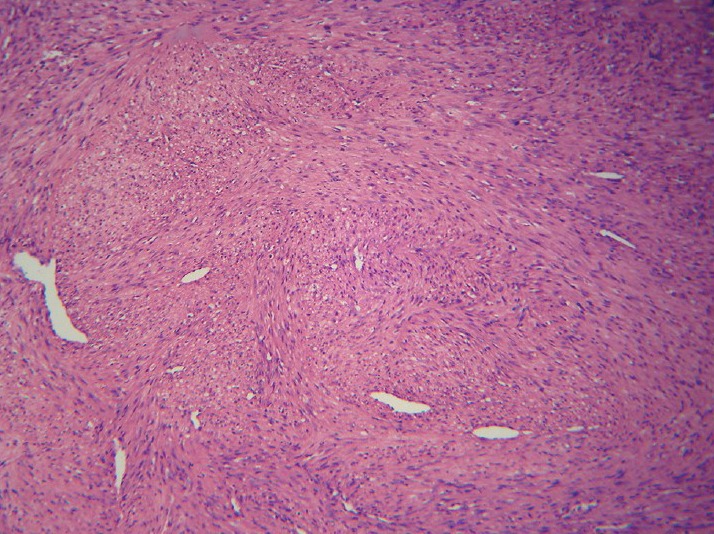Hemangiopericytoma

Hemangiopericytoma
Contact Us
Related Videos :
Frequently Asked Questions :
What is the prognosis for hemangiopericytoma?
The prognosis varies based on tumor type and treatment. Early detection and treatment improve outcomes significantly.
Can hemangiopericytoma recur?
Yes, hemangiopericytoma has the potential to recur, particularly if not completely removed during surgery. Regular follow-up is essential.
Is hemangiopericytoma hereditary?
While most cases are sporadic, some genetic conditions may increase the risk. Consultation with a genetic counselor may be beneficial.

About Hemangiopericytoma
Hemangiopericytoma is a rare vascular tumor that arises from pericytes, the contractile cells located around the blood vessels. It typically affects the soft tissues, but can occur in various parts of the body, including the brain and spinal cord. Dr. Sandeep Vaishya specializes in diagnosing and treating this condition, offering tailored solutions for patients.
Causes of Hemangiopericytoma
The exact cause of hemangiopericytoma remains unclear. However, it is believed that genetic mutations may play a role in its development. Some studies suggest associations with prior radiation exposure and certain genetic conditions, but further research is needed to fully understand the underlying factors.
Types of Hemangiopericytoma
Hemangiopericytomas can be classified into different types based on their location and histological features:
- Intracranial Hemangiopericytoma: Occurs in the brain, often presenting with neurological symptoms.
- Spinal Hemangiopericytoma: Found in the spinal cord, leading to pain and mobility issues.
- Extracranial Hemangiopericytoma: Affects soft tissues outside the cranial cavity and spinal column, commonly in the limbs or trunk.
Symptoms of Hemangiopericytoma
Symptoms vary based on the tumor’s location but may include:
- Headaches (for intracranial types)
- Seizures
- Neurological deficits (weakness, numbness)
- Pain at the site of the tumor
- Swelling or lumps in soft tissues
Diagnosis of Hemangiopericytoma
Diagnosis typically involves a combination of imaging studies and histopathological evaluation. The process may include:
- MRI or CT Scans: To visualize the tumor’s size and location.
- Biopsy: A sample of the tumor is taken for laboratory analysis to confirm the diagnosis.
- Immunohistochemistry: This test helps in differentiating hemangiopericytoma from other types of tumors.
Treatment of Hemangiopericytoma
Treatment options depend on the tumor’s type and stage, as well as the patient’s overall health. Common approaches include:
- Surgery: The primary treatment involves the surgical removal of the tumor.
- Radiation Therapy: Used post-surgery to reduce the risk of recurrence, particularly in cases where complete resection is challenging.
- Chemotherapy: In certain cases, chemotherapy may be considered, especially for aggressive tumors.
Cost of Treatment and Stay in India
The cost of treating hemangiopericytoma in India can vary widely based on factors such as the treatment facility, the complexity of the case, and the duration of hospital stay. On average, patients can expect costs to range from $3,000 to $10,000, including surgery, post-operative care, and follow-up consultations. India is known for its high-quality healthcare services at competitive prices, making it an attractive destination for medical tourism.